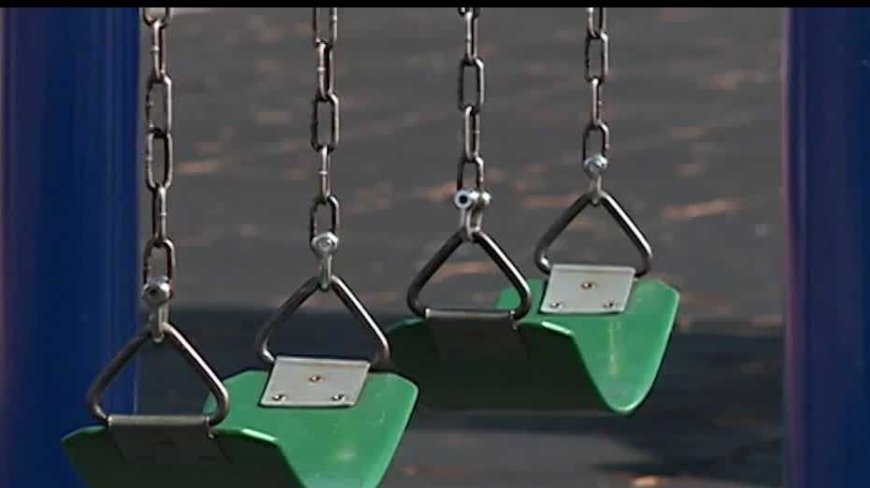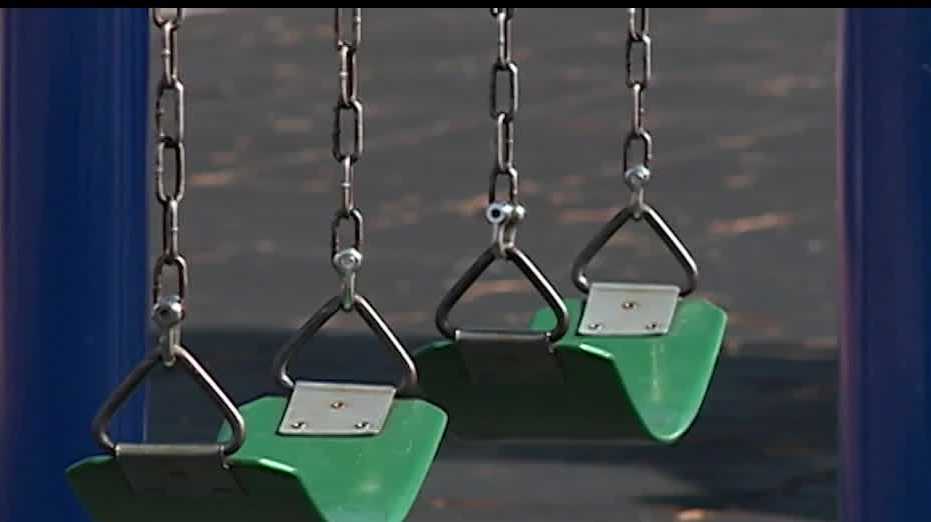Child welfare watchdog urges training, prevention following 3 youth suicides
Child welfare watchdog urges training, prevention following 3 youth suicides KETV Omaha

Report on Suicide Deaths in Nebraska’s Child Welfare System

Introduction
A new report has been released regarding three suicide deaths in Nebraska’s child welfare system. The report finds that while the state is not responsible for these deaths, it lacks the necessary training, policies, and procedures to effectively address and prevent such tragedies.
Review of Suicides
The inspector general of child welfare conducted a review of three suicides of youth in the system over the past four years. The children were aged 16, 14, and 11, and were all in-home placements in different parts of the state.
Findings
The investigation found that the Nebraska Department of Health and Human Services Division of Children and Family Services was not to blame for the suicides. However, there may have been warning signs that could have been identified with extensive training.
Case Examples
One case involved a 14-year-old who experienced domestic violence between their bio-father and step-mother. Despite a court-ordered trauma assessment and multiple contacts with the family, the teen killed themselves after an argument with their father.
Another case involved a 16-year-old who reported being sexually abused by their half-brother. Although a safety assessment deemed the teen safe, a second call was made alleging contact with the half-brother, causing the 16-year-old stress and contributing to their depression and anxiety. The teen eventually took their own life.
The third case involved an 11-year-old living with older siblings after their parents were deported. Despite concerns raised about the children not receiving proper attention, the sister declined further mental health services. Five days later, the 11-year-old committed suicide.
Recommendations
The inspector general called on the Nebraska Department of Health and Human Services (DHHS) to develop a comprehensive suicide prevention plan with policies and procedures. They also recommended mandating gatekeeper training for all case workers, foster parents, and placement agencies, as well as active participation in the state suicide prevention coalition.
Sustainable Development Goals (SDGs)
- Goal 3: Good Health and Well-being
- Goal 4: Quality Education
- Goal 5: Gender Equality
- Goal 10: Reduced Inequalities
- Goal 16: Peace, Justice, and Strong Institutions
Conclusion
The DHHS has accepted all of the recommendations and created a work plan to improve mental health services for Nebraska’s youth. However, it is crucial to address the high risk of suicide among youth in the child welfare system, as the problem is not improving. Immediate action is needed to prevent further tragedies.
Emergency Support
If you or a loved one is experiencing a mental health emergency, please call, text, or chat at 988. Trained caregivers are available 24/7.
SDGs, Targets, and Indicators
1. SDGs Addressed or Connected to the Issues Highlighted in the Article
- SDG 3: Good Health and Well-being
- SDG 4: Quality Education
- SDG 5: Gender Equality
- SDG 10: Reduced Inequalities
- SDG 16: Peace, Justice, and Strong Institutions
2. Specific Targets Based on the Article’s Content
- Target 3.4: By 2030, reduce by one-third premature mortality from non-communicable diseases through prevention and treatment and promote mental health and well-being.
- Target 4.7: By 2030, ensure that all learners acquire the knowledge and skills needed to promote sustainable development, including among others through education for sustainable development and sustainable lifestyles.
- Target 5.2: Eliminate all forms of violence against all women and girls in the public and private spheres, including trafficking and sexual and other types of exploitation.
- Target 10.2: By 2030, empower and promote the social, economic, and political inclusion of all, irrespective of age, sex, disability, race, ethnicity, origin, religion or economic or other status.
- Target 16.9: By 2030, provide legal identity for all, including birth registration.
3. Indicators Mentioned or Implied in the Article
- Indicator 3.4.1: Mortality rate attributed to cardiovascular disease, cancer, diabetes, or chronic respiratory disease.
- Indicator 4.7.1: Extent to which (i) global citizenship education and (ii) education for sustainable development are mainstreamed in (a) national education policies; (b) curricula; (c) teacher education; and (d) student assessment.
- Indicator 5.2.1: Proportion of ever-partnered women and girls aged 15 years and older subjected to physical, sexual, or psychological violence by a current or former intimate partner in the previous 12 months, by form of violence and by age group.
- Indicator 10.2.1: Proportion of people living below 50 percent of median income, by age, sex, and persons with disabilities.
- Indicator 16.9.1: Proportion of children under 5 years of age whose births have been registered with a civil authority, by age.
Table: SDGs, Targets, and Indicators
| SDGs | Targets | Indicators |
|---|---|---|
| SDG 3: Good Health and Well-being | Target 3.4: By 2030, reduce by one-third premature mortality from non-communicable diseases through prevention and treatment and promote mental health and well-being. | Indicator 3.4.1: Mortality rate attributed to cardiovascular disease, cancer, diabetes, or chronic respiratory disease. |
| SDG 4: Quality Education | Target 4.7: By 2030, ensure that all learners acquire the knowledge and skills needed to promote sustainable development, including among others through education for sustainable development and sustainable lifestyles. | Indicator 4.7.1: Extent to which (i) global citizenship education and (ii) education for sustainable development are mainstreamed in (a) national education policies; (b) curricula; (c) teacher education; and (d) student assessment. |
| SDG 5: Gender Equality | Target 5.2: Eliminate all forms of violence against all women and girls in the public and private spheres, including trafficking and sexual and other types of exploitation. | Indicator 5.2.1: Proportion of ever-partnered women and girls aged 15 years and older subjected to physical, sexual, or psychological violence by a current or former intimate partner in the previous 12 months, by form of violence and by age group. |
| SDG 10: Reduced Inequalities | Target 10.2: By 2030, empower and promote the social, economic, and political inclusion of all, irrespective of age, sex, disability, race, ethnicity, origin, religion or economic or other status. | Indicator 10.2.1: Proportion of people living below 50 percent of median income, by age, sex, and persons with disabilities. |
| SDG 16: Peace, Justice, and Strong Institutions | Target 16.9: By 2030, provide legal identity for all, including birth registration. | Indicator 16.9.1: Proportion of children under 5 years of age whose births have been registered with a civil authority, by age. |
Behold! This splendid article springs forth from the wellspring of knowledge, shaped by a wondrous proprietary AI technology that delved into a vast ocean of data, illuminating the path towards the Sustainable Development Goals. Remember that all rights are reserved by SDG Investors LLC, empowering us to champion progress together.
Source: ketv.com

Join us, as fellow seekers of change, on a transformative journey at https://sdgtalks.ai/welcome, where you can become a member and actively contribute to shaping a brighter future.







